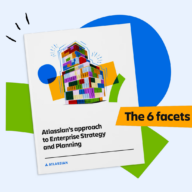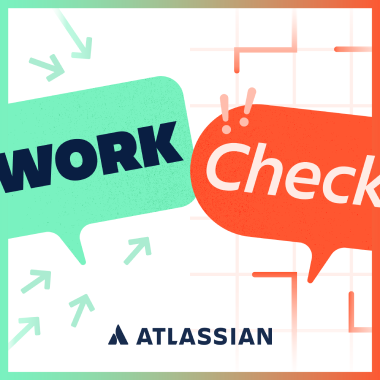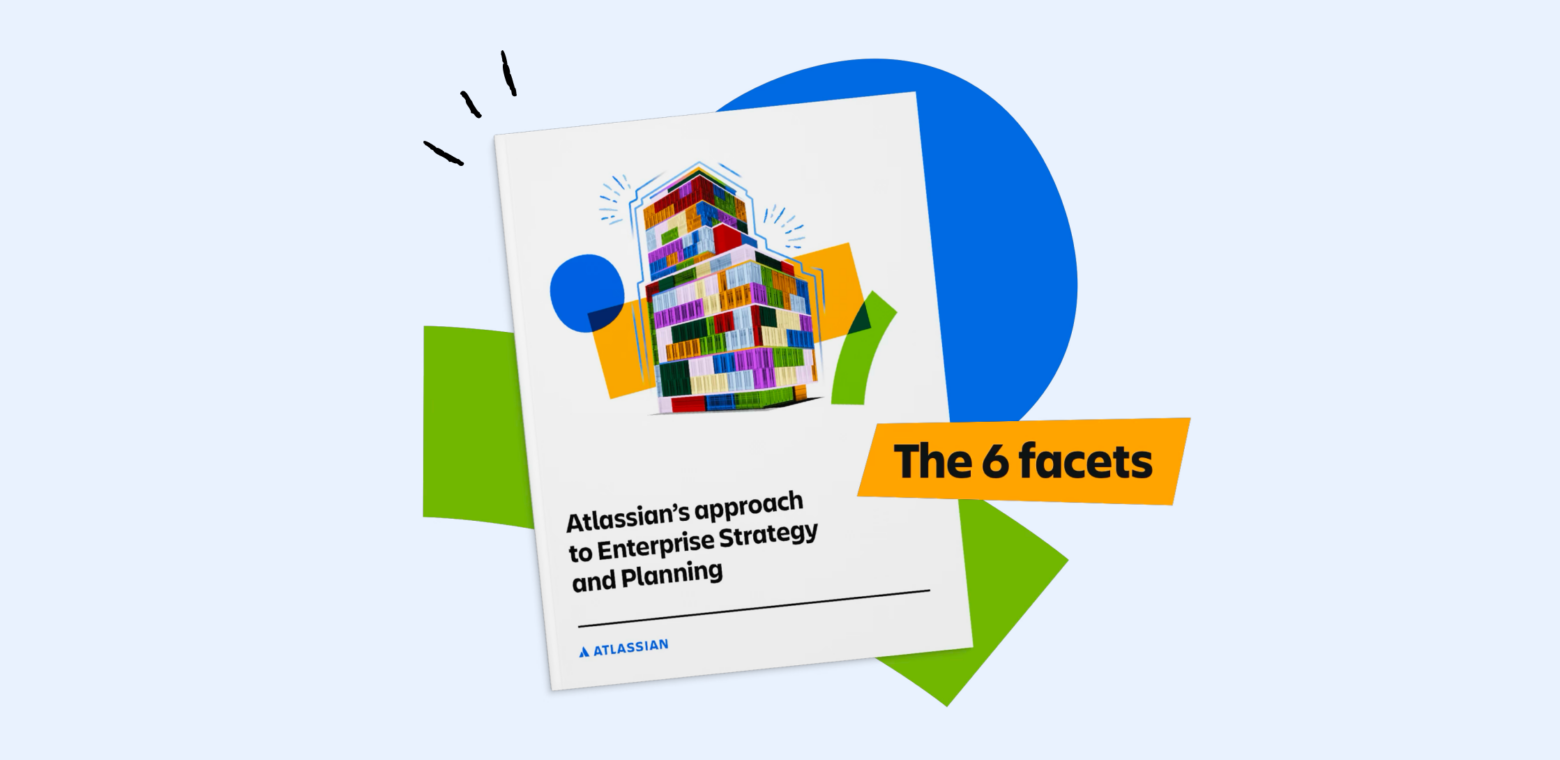Today, I’m going to state our point of view on the modern disciplines of strategy and planning.
Atlassian sees these disciplines as a single function we call Enterprise Strategy and Planning (ESP). In our thinking, leaders should view and adjust six core facets together: goals, work, talent, funds, systems, and updates. In this blog series, I will first summarize our view on ESP and then follow with a post for each of the six core facets.
Technology is mid-inflection point, and Atlassian is all-in on ESP as a key differentiator. We believe strategy leaders with an ESP mindset will pull ahead of their peers in the coming quarters and years. And we intend to be right there with them as we power their system of work.
We recently published a white paper about our approach to Enterprise Strategy and Planning (ESP). It the opening letter, Matt Schvimmer, Atlassian’s Agile and DevOps (ADO) Senior Vice President and Head of Product, noted 3 questions leaders ask him.
- How do I drive alignment in the business?
- How do I provide visibility and transparency?
- How do I show what we’re doing, what we have delivered, and how it aligns to what’s important?
The volume of information is almost unmanageable.
– Senior Vice President, Banking Strategy & Execution, Fortune 500 company
Atlassian defines Enterprise Strategy and Planning (ESP) as the process of setting and operationalizing strategy through a lifecycle of Strategy, Planning, Execution, and Evaluation, focusing on six core facets.
six core facets
- Goals: Measurable outcomes
- Work: Tasks and projects
- Talent: People resources
- Funds: Budget and costs
- Systems: Supporting technologies
- Updates: Progress reports
These facets form a “strategy cube,” representing a strategic priority or focus area. Rotating the cube allows for different perspectives and risk reduction by considering various facets simultaneously. Focus areas can be broken down into smaller sub-focus areas to reflect the organization’s structure.

Key Beliefs:
- Every enterprise engages in ESP; however, their levels of maturity differ significantly.
- We believe ESP is methodology-agnostic and adaptable to different business needs.
- ESP is a discipline similar to Product Lifecycle Management (PLM) that emphasizes the management of strategies that lead to successful outcomes.
Upshifting Your ESP:
Atlassian suggests visualizing the six facets as faces of a cube, assembling them into a 3D representation of a strategic priority. This helps visualize how all facets support the priority and how they interact with each other. Rotating the cube allows for different perspectives on the same priority, revealing potential risks or gaps. Break down focus areas hierarchically into sub-focus areas for more granular planning.
Maturity Model:
Atlassian’s ESP maturity model consists of three stages:
- Foundational: Facets are managed separately, strategy is haphazard, and outcomes are difficult to connect to strategy.
- Developing: Partial views connect some facets, strategy is frequently adjusted, and outcomes show some progress but lack connection.
- Leading: All facets are managed together, strategy is tracked throughout the lifecycle, and outcomes are achieved through strategic agility.
Critical gaps that ESP helps leaders solve
- Leaders need strategic planning that allows for blended ways of working
- Leaders get too much data and not enough insight
- The six facets are in silos
- The overlooked facet is talent
What’s next for you
These gaps cause severe executive worry. Fortune 500 Executives estimate that only 24% of teams are doing mission-critical work *.
next steps
STOP teams from doing non-mission-critical work.
Next, START to set your strategy dynamically —not in a siloed static place like presentation slides or spreadsheets.
After that, START to deconstruct your strategy into focus areas.
And then, START mapping facets to focus areas. Try starting with goals, work, and talent.
CONTINUE to add facets and rotate the cube. Watch and adjust the facets together through the strategy lifecycle
- Learn more about ESP and Strategy Collection
- Download the full whitepaper now!
- * State of Teams Report 2024











































